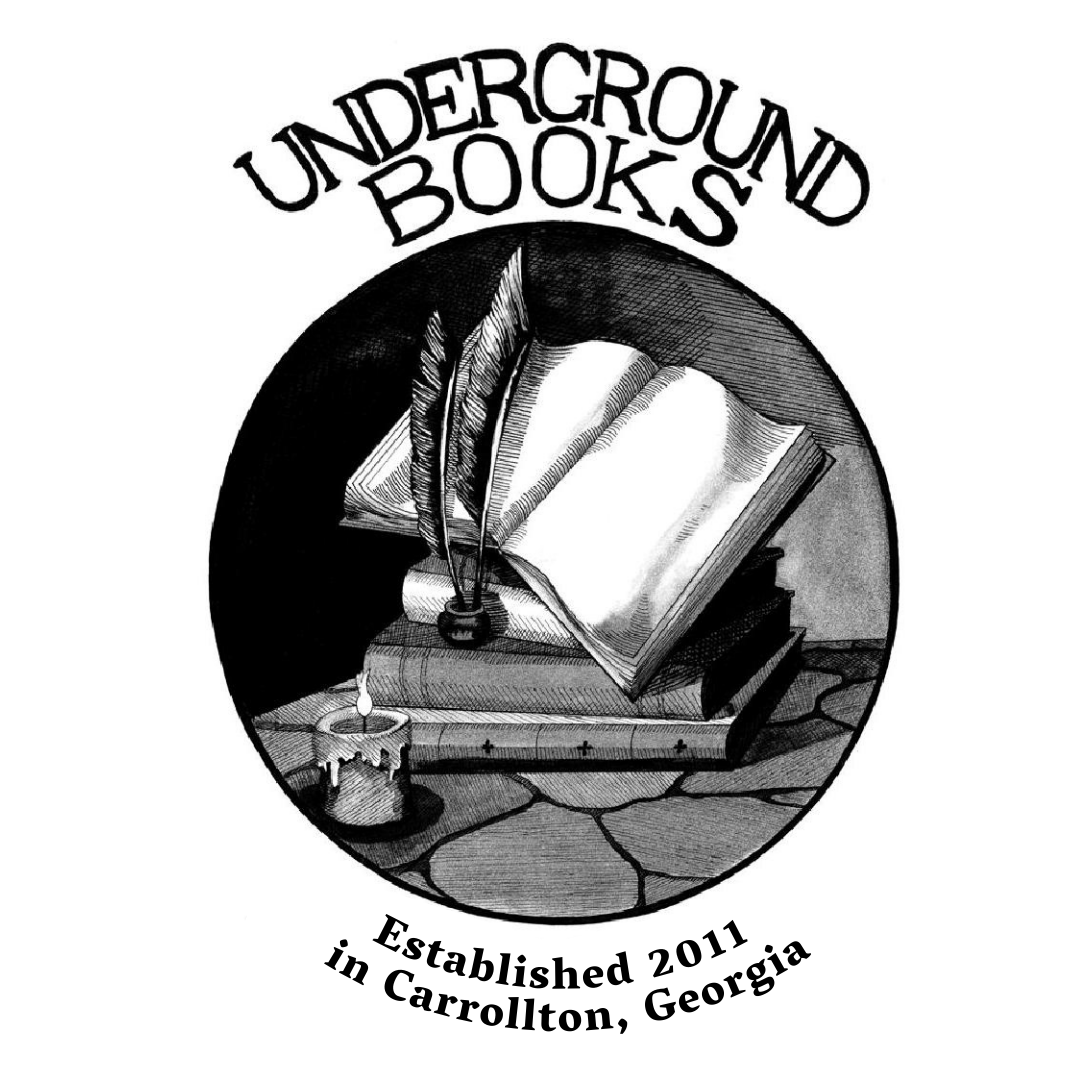Hardcover
2001 · New Haven and London
by Ettinghausen, Richard; Crabar, Oleg; Jenkins-Madina, Marilyn; Blair, Sheila S.; Bloom, Jonathan M.
New Haven and London: Yale University Press, 2001. Hardcover. Very good/very good. Hardcover. 11 1/2" X 8 3/4". xiii, 344pp.; xiii, 348pp. Books present nicely with unclipped dust jackets wrapped in protective archival sleeves. Very mild shelf wear to covers, corners, and edges of jackets. Volumes are bound in black and blue cloth over boards with spines lettered in gilt. Light rubbing to covers and edges of boards. Pages are clean and unmarked. Bindings are sound.
This set is heavy and oversized and will require additional postal charges to ship internationally. Please contact us today for an international shipping quote.
ABOUT
(truncated) ISLAMIC ART AND ARCHITECTURE, 650-1250:
This richly illustrated book provides an unsurpassed overview of Islamic art and architecture from the seventh to the thirteenth centuries, a time of the formation of a new artistic culture and its first, medieval, flowering in the vast area from the Atlantic to India. Inspired by Ettinghausen and Grabar’s original text, this book has been completely rewritten and updated to take into account recent information and methodological advances.
The volume focuses special attention on the development of numerous regional centers of art in Spain, North Africa, Egypt, Syria, Anatolia, Iraq, and Yemen, as well as the western and northeastern provinces of Iran. It traces the cultural and artistic evolution of such centers in the seminal early Islamic period and examines the wealth of different ways of creating a beautiful environment. The book approaches the arts with new classifications of architecture and architectural decoration, the art of the object, and the art of the book.
With many new illustrations, often in color, this volume broadens the picture of Islamic artistic production and discusses objects in a wide range of media, including textiles, ceramics, metal, and wood. The book incorporates extensive accounts of the cultural contexts of the arts and defines the originality of each period. A final chapter explores the impact of Islamic art on the creativity of non-Muslims within the Islamic realm and in areas surrounding the Muslim world.(Publisher)
ABOUT THE ART AND ARCHITECTURE OF ISLAM, 1250-1800:
Virtually all the masterpieces of Islamic art—the Alhambra, the Taj Mahal, and the Tahmasp Shahnama—were produced during the period from the Mongol conquests in the early thirteenth century to the advent of European colonial rule in the nineteenth. This beautiful book surveys the architecture and arts of the traditional Islamic lands during this era.
Conceived as a sequel to The Art and Architecture of Islam: 650-1250, by Richard Ettinghausen and Oleg Grabar, the book follows the general format of the first volume, with chronological and regional divisions and architecture treated separately from the other arts. The authors describe over two hundred works of Islamic art of this period and also investigate broader social and economic contexts, considering such topics as function, patronage, and meaning. They discuss, for example, how the universal caliphs of the first six centuries gave way to regional rulers and how, in this new world order, Iranian forms, techniques, and motifs played a dominant role in the artistic life of most of the Muslim world; the one exception was the Maghrib, an area protected from the full brunt of the Mongol invasions, where traditional models continued to inspire artists and patrons. By the sixteenth century, say the authors, the eastern Mediterranean under the Ottomans and the area of northern India under the Mughals had become more powerful, and the Iranian models of early Ottoman and Mughal art gradually gave way to distinct regional and imperial styles. The authors conclude with a provocative essay on the varied legacies of Islamic art in Europe and the Islamic lands in the nineteenth and twentieth centuries.(Publisher).
(Inventory #: 16647)





![[SIGNED] The Historian](https://d3525k1ryd2155.cloudfront.net/h/973/689/1682689973.0.m.jpg)
